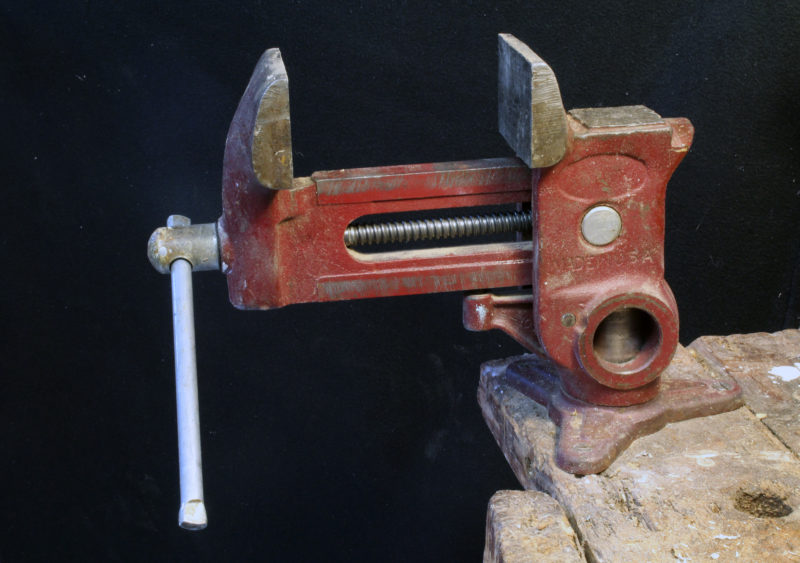 photographs by the author
photographs by the authorFully open, the Versa Vise has a 4-7/8″ capacity.
I first used a Versa Vise in 1988 when I was working for the Smithsonian Institution, making mounts for art objects in the National Museum of African Art. Those brass armatures could be very complex with very odd shapes, and the Versa Vise had a nearly unlimited range of motion to accommodate working on them. I liked the vise so much that I soon bought one for my own shop.
The jaws of the vise open to 4-7/8″ and have smooth, flat faces 3-1/2″ wide and 2-1/4″ high. With that wide area of contact and the absence of knurling common to the jaws of other vises, the Versa Vise won’t mar wood or metal. On the body of the vise, behind the fixed jaw, there is a 1-3/4″ square anvil surface. I do light work on it and leave the heavy hitting for some big slabs of steel that can take no end of abuse. The vise sits on a base with three legs and a 1-1/2″-diameter post and can swivel freely around it. There are two matching 1-1/2″ holes in the vise, one on the bottom to hold it in a normal upright position and the other on the side for a horizontal orientation.
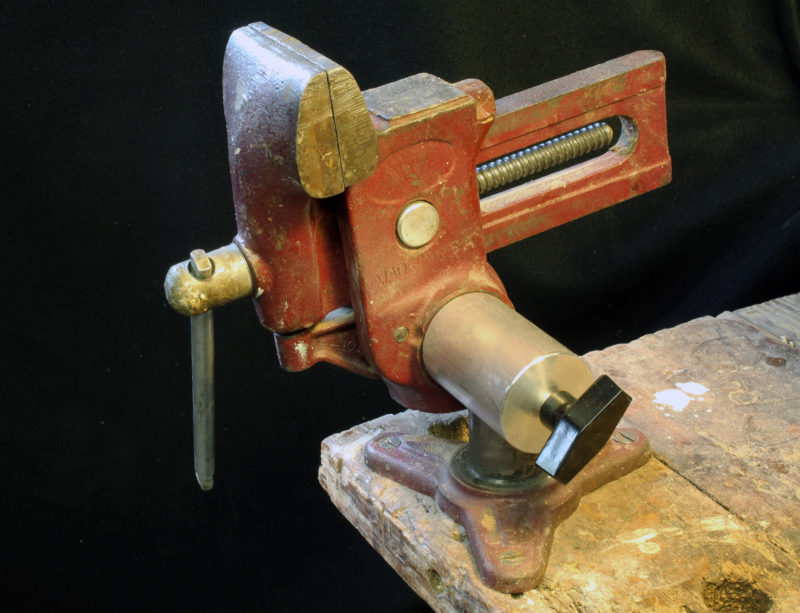
The swivel base adapter gives the vise additional ranges of motion.
I recently purchased the Versa Vise swivel adapter. It’s an aluminum cylinder that attaches horizontally to the vise base and locks with a T-handle screw. The Versa Vise then slips over the other end of the adapter for a new range of motion, tilting front to back. Newer models of the vise have a threaded hole in the vise for locking on to the adapter. My vise, without that hole, locks on the adapter when the jaws are tightened. I’ll likely drill and tap the hole so the vise will stay put when I open the jaws. The new models also have a pair of holes in each jaw sized to take screws to hold wood faces in place.
If there is no pressure on the vise jaws, the vise easily slips on and off the post, so it’s easy to change its position or remove it if it’s in the way of a project on the workbench.
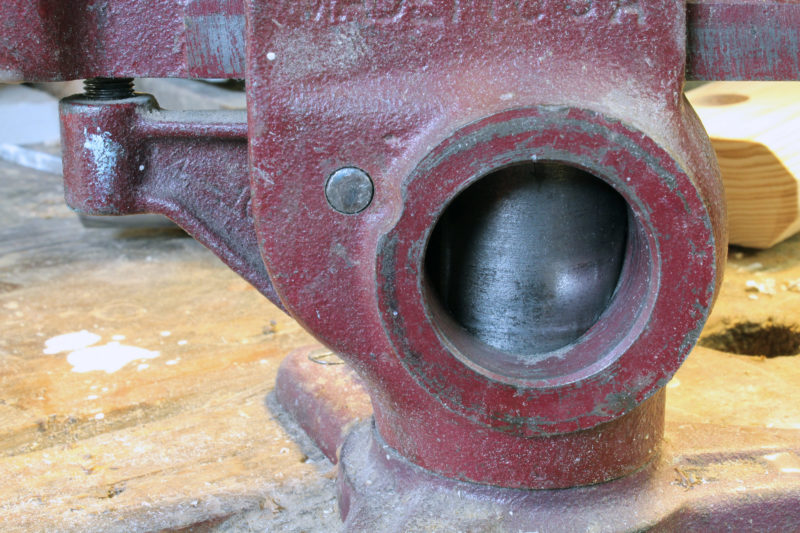
The little arm to the left, the “dog,” pivots around the small pin. As the vise grips something, it presses down on the dog’s set screw, and then the dog presses against the base’s post, locking the vise.
When the handle is turned and the jaws are squeezed on something, the movable jaw pivots slightly around the barrel nut for the screw and the bottom of that jaw presses on a “dog,” a little rocker that then presses on the base’s post. That prevents the vise from pivoting. The tolerances are close enough that there is no perceptible shift of the moveable jaw as it presses down against the dog.
I use my Versa Vise for working brass, bronze, steel, and wood. Set horizontally, it will hold a board on edge on the benchtop for planning, a sheet of plywood on edge on the floor. If I need to use my chopsaw on the workbench, I can quickly slip the vise off its post to get it out of the way.
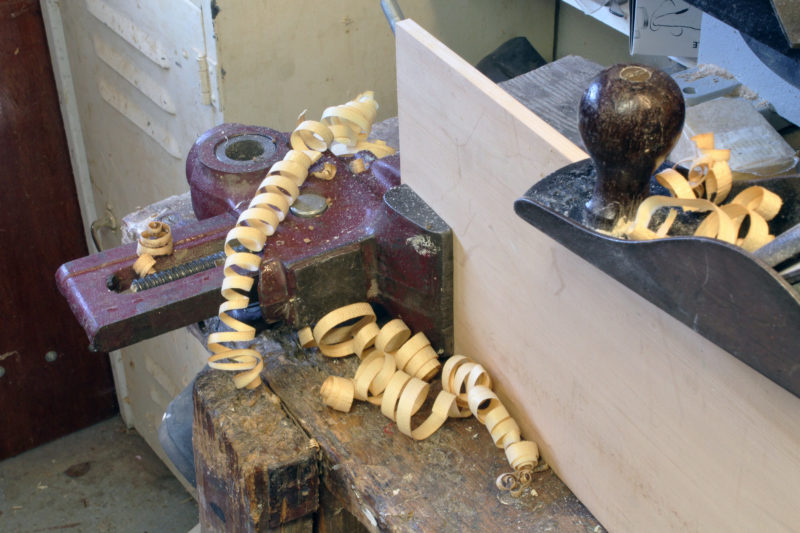
With the vise set on its side over the post, the jaws can hold a board on edge for working with a plane or a router.
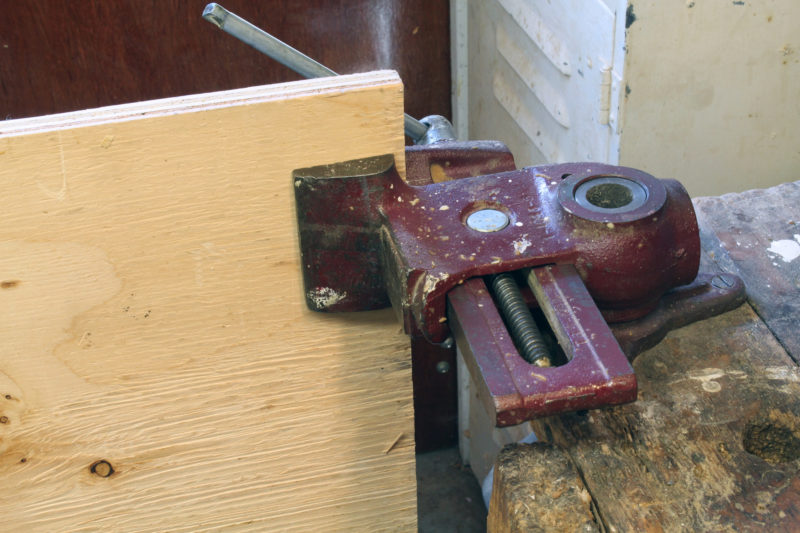
With the vise on its side and its jaws facing outward, a sheet of plywood, resting on edge on the floor, can be held upright.
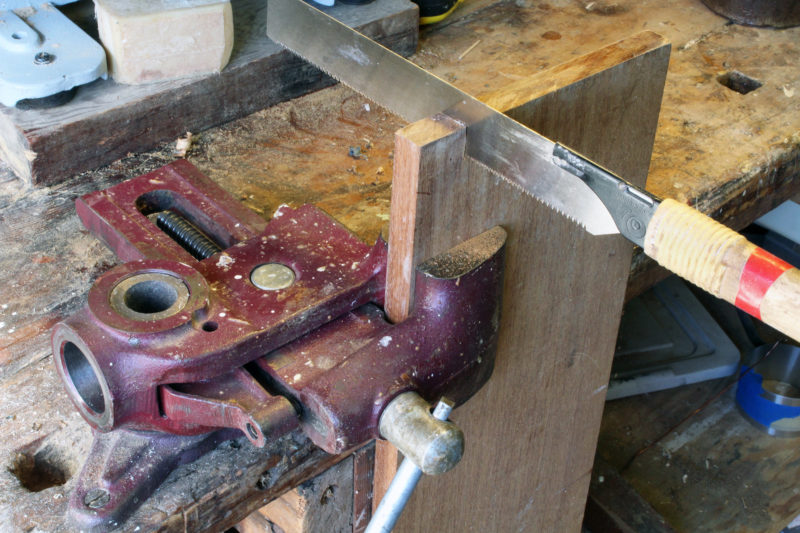
Rotate the vise and it will hold a board vertically for cutting dovetails.
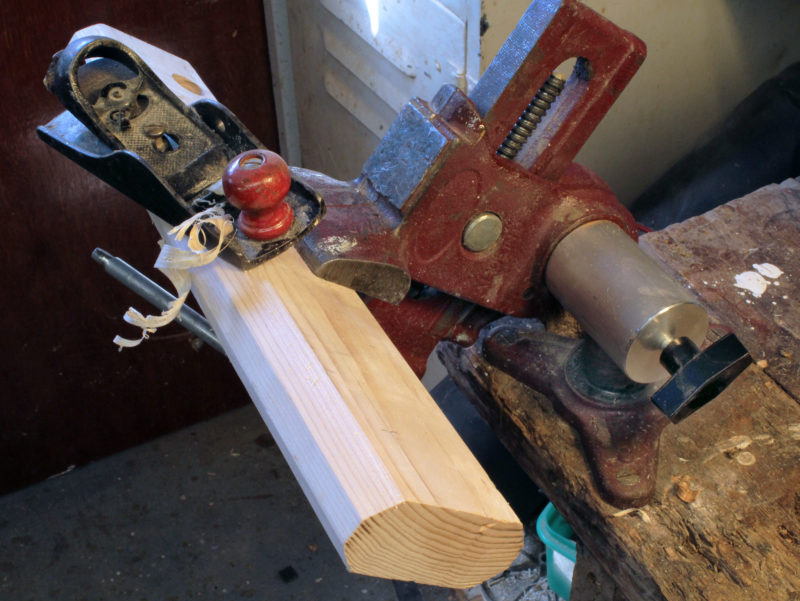
With the adapter connecting the vise to the base, the vice can rotate in a vertical plane.
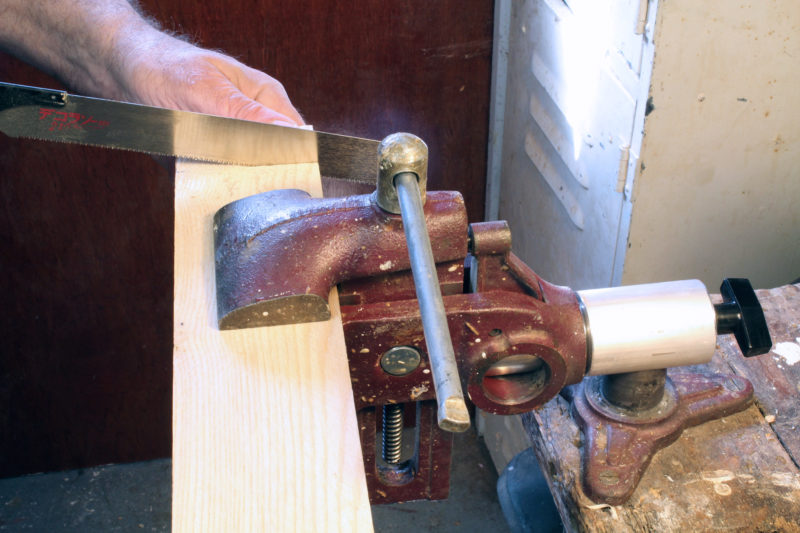
This arrangement with the vise and adapter will hold a workpiece flat.
In the Versa Vise’s long history, it has been through several different manufacturers and a few changes, some not for the better. Harry Bryan (who wrote about small-boat seating in our January 2015 issue) reviewed the Versa Vise for WoodenBoat in 1996. He had purchased a Versa Vise in 1971 and liked it so much that he bought four more for his kids, and then 10 more that he sold to his friends. Later, he purchased one in 1995 and received one in 1996 for the WoodenBoat review. All of the vises were made by Gaydash Industries of Uniontown, Ohio, but the two newer models didn’t grip the base’s post as firmly and would pivot when they shouldn’t. The older vises had round knobs on the ends of the handle while the newer had the ends pressed flat and flared, and the screw’s barrel nut showed scoring from sawing instead of being tooled smooth. In the review, Harry wasn’t able to recommend the newer Versa Vise as it arrived from the manufacturer, but he offered instructions for tuning it up to work as well as the older model that he liked so well. “You should not have had to do the work,” he noted, “but the result is you have ready for a lifetime of use the best all-around woodworking vise I know of.”
My vise has the pressed ends on the handle and the saw scoring on the screw nut—indications that it was a version that didn’t perform as well as its predecessors—but I haven’t had trouble with the vise pivoting. I haven’t done any measurements, I just tighten the vise until it doesn’t pivot. It’s important to tune the jaws to meet parallel, favoring the first contact at the top of the jaws. The screw in the dog makes that adjustment. The higher up the jaws apply pressure, the tighter the dog presses against the post, eliminating unwanted rotation of the vise.
The Versa Vise is now being manufactured by Jon-Mar Gear and Machine of Canal Fulton, Ohio. It has the rounded knobs on the handle and the smooth tooling. I got a bit of the history behind the vise from Larry Murgatroyd, the company’s owner. For 18 years he had worked for the Wil-Burt Company, where the vises were made prior to manufacturing by Gaydash. While Jerry purchased the equipment that was used to make the vises in the ’30s and ’40s, he uses CNC machinery to make parts faster and more precisely. He has made a number of improvements in the Versa Vise and elevated the level of durability and quality to meet or exceed the standards set by Wil-Burt.
The Versa Vise was invented by John R. Long of Springfield, Ohio, and was granted Patent #667,151 in 1901. While the patent has expired, the name, Versa Vise, is still a protected trademark. There are several knock-offs on the market under other names: caveat emptor.
Now, three decades after I bought my Versa Vise, it is still anchored to the corner of my workbench and I’ve never given a thought to replacing it.![]()
Christopher Cunningham is editor of Small Boats Monthly.
The Versa Vise is manufactured and sold by Jon-Mar Gear and Machine for $79.95. The Swivel Base Adapter sells for $34.95. The company has a 90-day return policy.
Is there a product that might be useful for boatbuilding, cruising, or shore-side camping that you’d like us to review? Please email your suggestions.

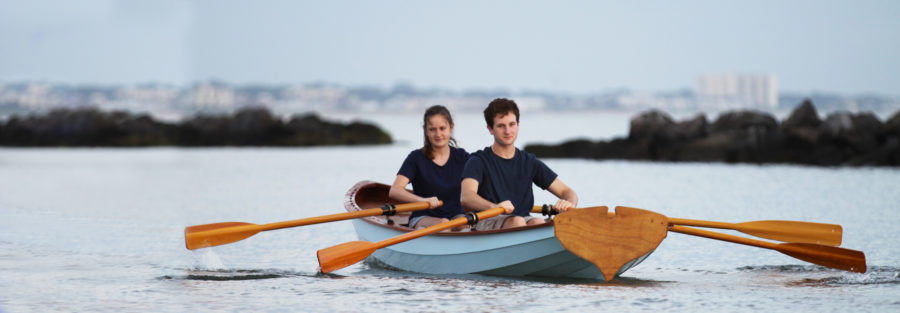


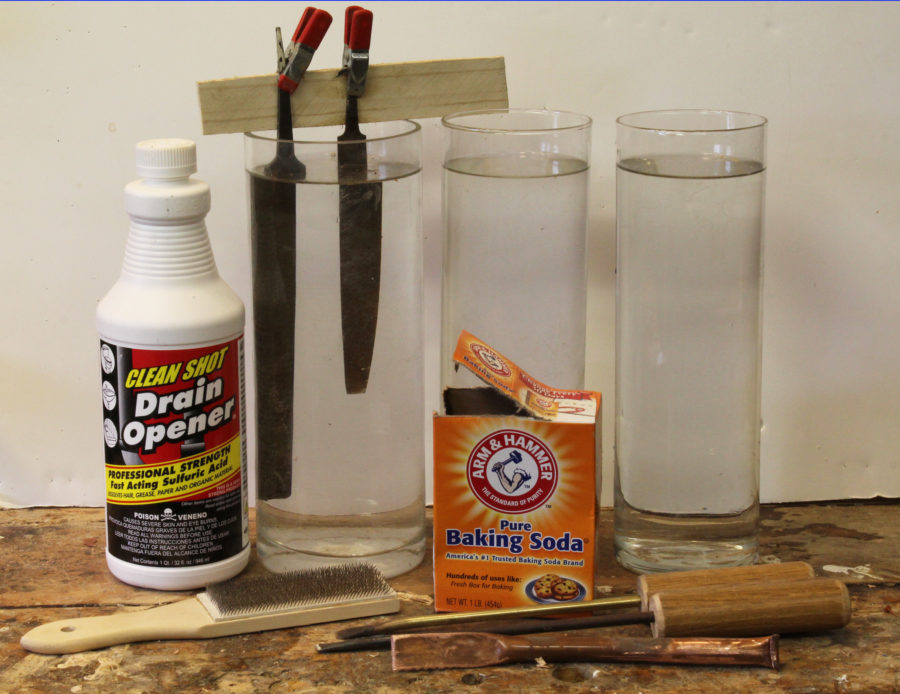
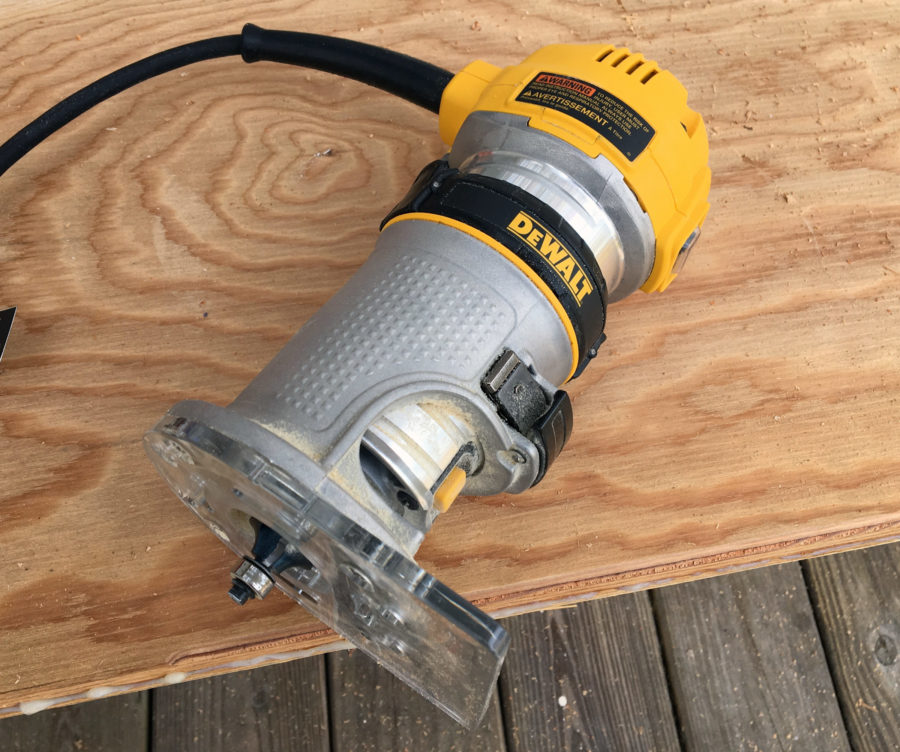
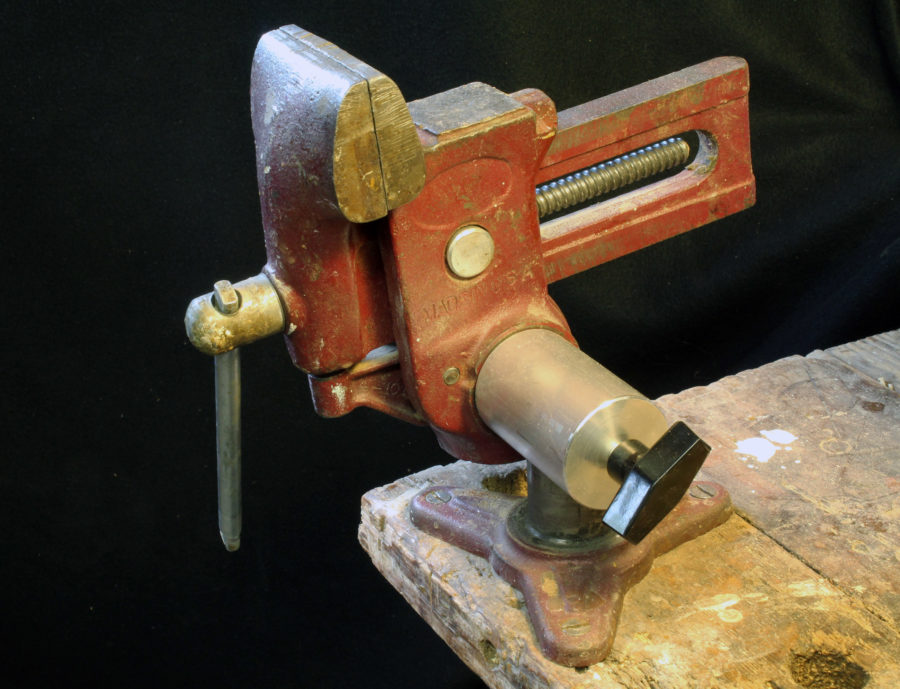
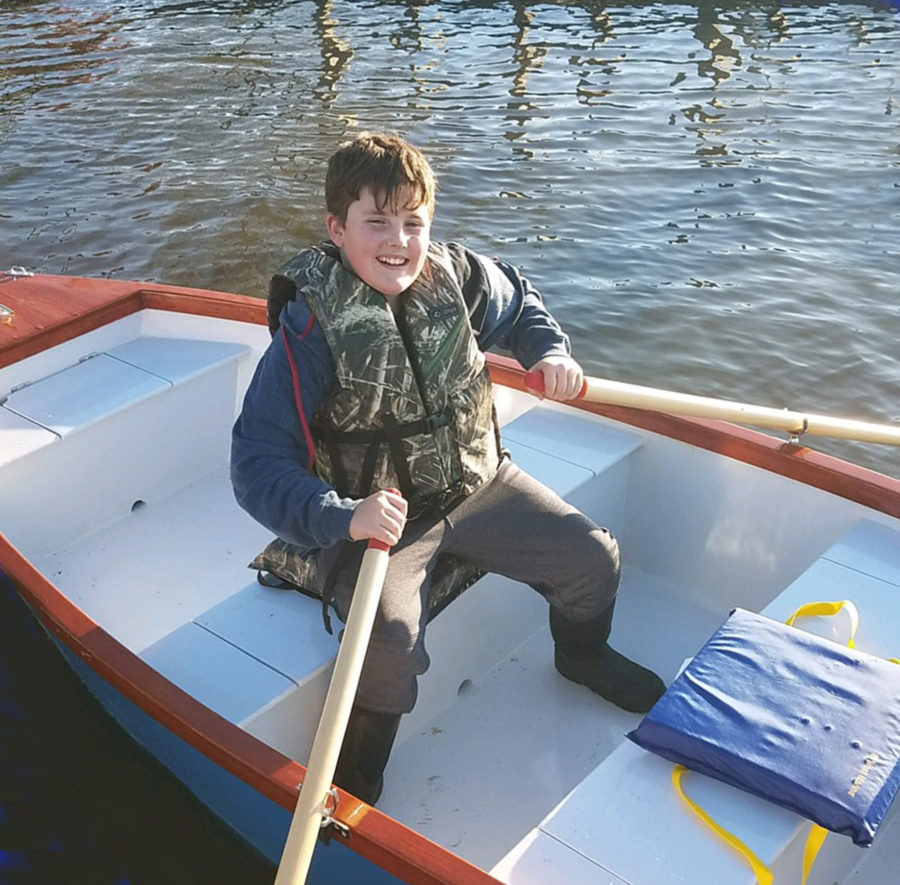
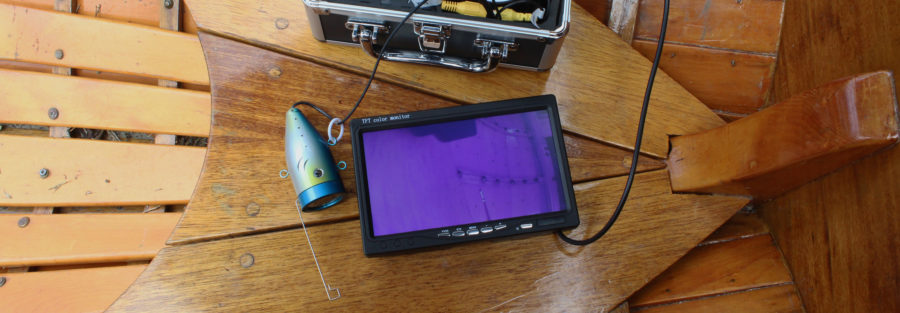
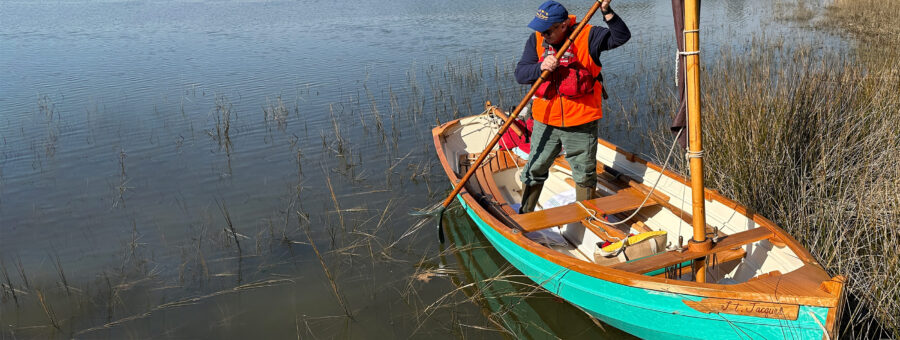
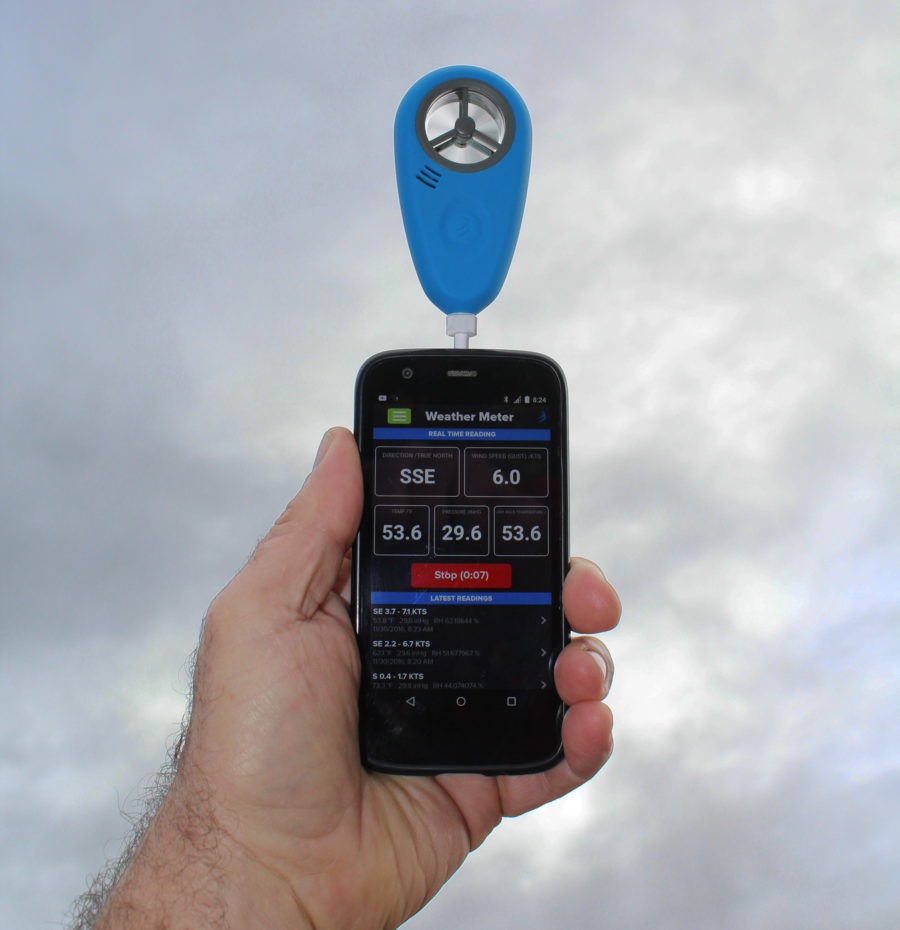
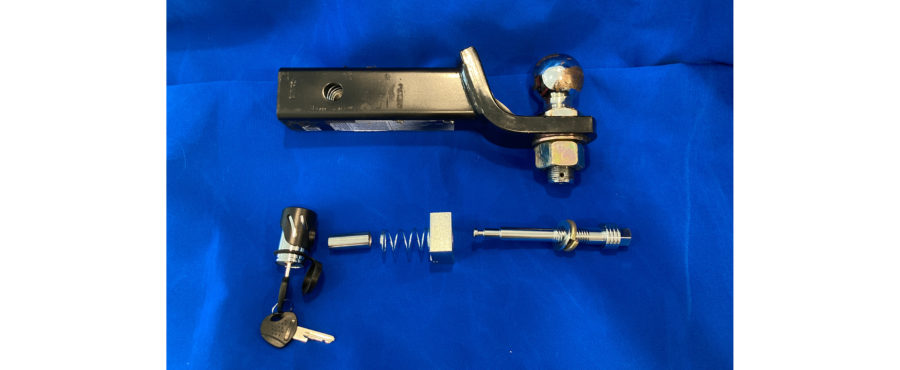
Really neat vice. They appear to ship only to the United States.
Been wanting one since I saw Harry Bryan demo his on video! Thanks for article and the link! Just bought it and the swivel base – can’t wait to finally get one!!
Just bought one and the swivel base as well.
It looks like one can buy extra bases for other benches… is that what they’re for?
Yes, you could get an additional base to use the vise on another bench, but that’s not why Jon-Mar added the base alone as an option. Owner Larry Murgatroyd told me that the company had received a lot of calls from people who had the vise but no base. The story they usually told was that when Grandpa passed away, the family cleared out his shop and took the vise but didn’t have the wherewithal or time to unscrew or unbolt the base and left it behind. Someone in the family eventually realized the vise would be useful and not just a memento and called Jon-Mar. If there were markings on the base, whoever wound up with the base might want to order just the vise, and you’d see that option on the Versa Vise web site. As far as I know that hasn’t happened yet.
Knew they existed but had never seen one or knew the correct name. Just bought my first.
I think this article may have overwhelmed Jon-Mar with new orders. I hope you gave them a heads up! Just ordered one as well.
I got a similar one from Garret Wade. I’m a knife maker and this really helps for the angles I need.
I just got one,not too long ago, mounted it to a piece of wood that could be clamped, or screwed to the workbench. I am building a Acorn 12ft skiff. I think it will come in very handy. Got it from Garrett Wade.